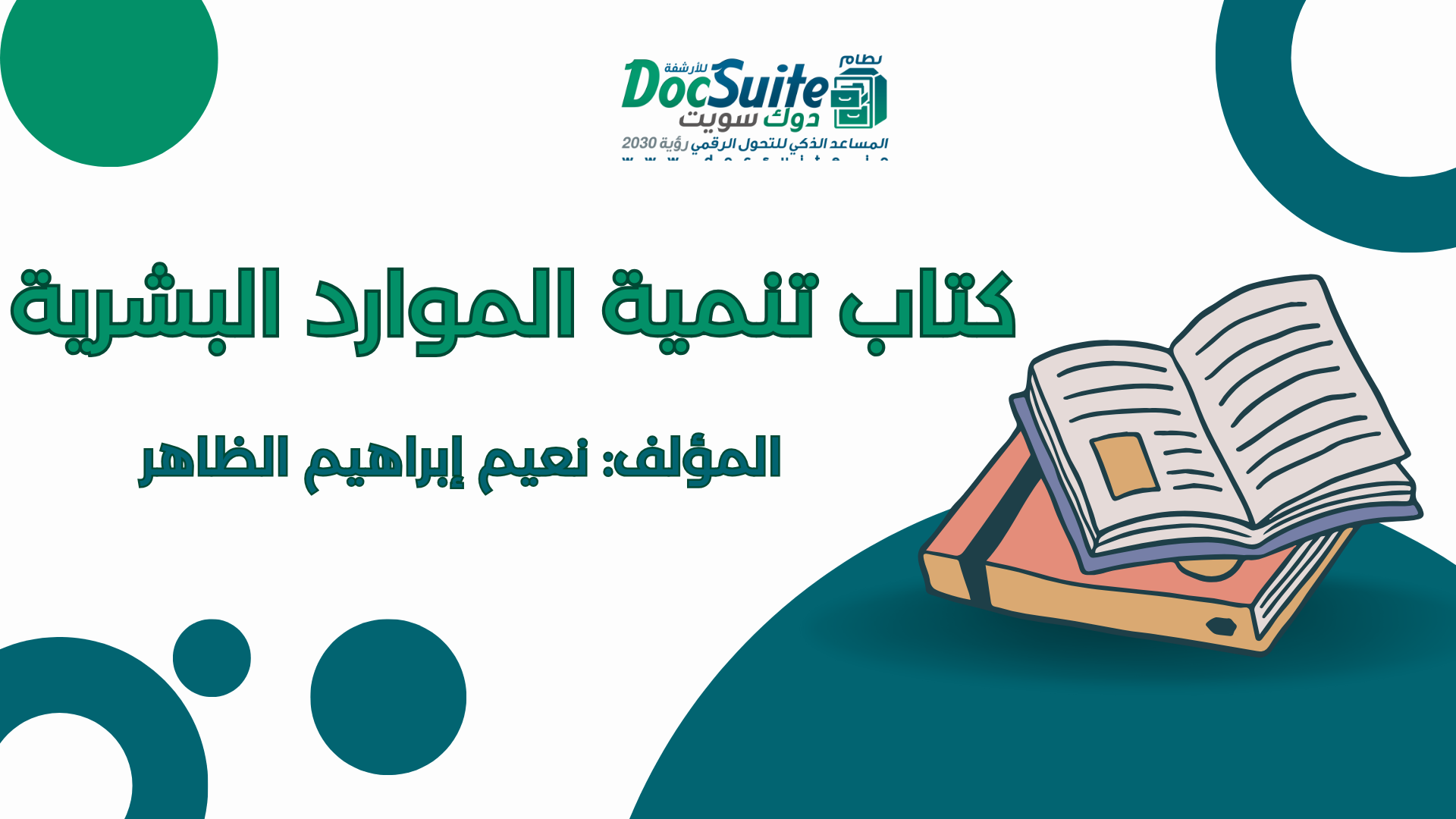Author: Naeem Ibrahim Al-Zaher
Summary of the Book: Human Resource Development
The book "Human Resource Development" emphasizes that humans are the only living beings capable of managing their affairs and organizing their lives using their intellect and cultural knowledge, along with instincts. Studies have shown that animals existed on Earth before humans and that early humans learned from the animals that shared their environment.
However, the book points out that whatever humans learned from animals is insignificant compared to the creative capabilities of the human mind in finding means to achieve their ever-evolving goals. Humans needed laws and systems, which they created based on their understanding of reward and punishment.
The author of "Human Resource Development" explains that the first human-made laws and systems, as well as religious teachings and the concepts of justice and equality, formed the basis for human resource management. The modern term "human resource management" refers to an administrative process involving tasks like planning, organizing, updating, developing, motivating, compensating, and performance monitoring, all of which require viewing the human workforce as more than mere machinery.
The term "human resource management" emerged in the United States in the early 1970s as a replacement for "personnel management." This term signifies a model of managing people that seeks to achieve a competitive advantage by obtaining highly efficient human resources through strategic integration with the organization's goals, employee loyalty, managerial flexibility, and the ability to manage change.
Human resource management is defined as the set of functions performed by an organization to provide, develop, and direct human resources to achieve its objectives. This process involves stages such as acquiring human resources, developing them, and guiding them, with each stage comprising several interconnected tasks.
The process starts with assessing the organization's need for employees, followed by studying salaries and wages, matching them with job requirements, conducting examinations, and selecting the right candidates. This involves advertising the job, outlining its benefits and conditions to attract a large pool of applicants, and then selecting the best candidates.
After recruitment, the development and training phase involves theoretical and practical courses to maintain and enhance employee capabilities. The guidance phase includes performance evaluation to identify the gap between actual and desired performance, addressing negative aspects through training, and reinforcing positive aspects with incentives and rewards.
The book asserts that human resource management is about organizing the relationship between the organization and its employees to achieve mutual goals through a range of adaptable programs and activities based on current laws and systems. The success of an organization is closely linked to the success of its individuals, and effective human resource management involves clear policies, empowerment of lower management levels, and fostering a supportive work environment.
The Relationship Between the "Doc Suite HR" System and the Book
The "Doc Suite HR" system is a human resource management tool that facilitates managing employee-related information, such as personal data, salaries, leaves, performance, and more. The book "Human Resource Development" aims to enhance employee skills and performance. The relationship lies in that the "Doc Suite HR" system can be used to implement the skills and knowledge gained from human resource development literature, allowing companies to track and support the application of new skills and provide necessary guidance to employees.
You can download the book "Human Resource Development" directly from here.
